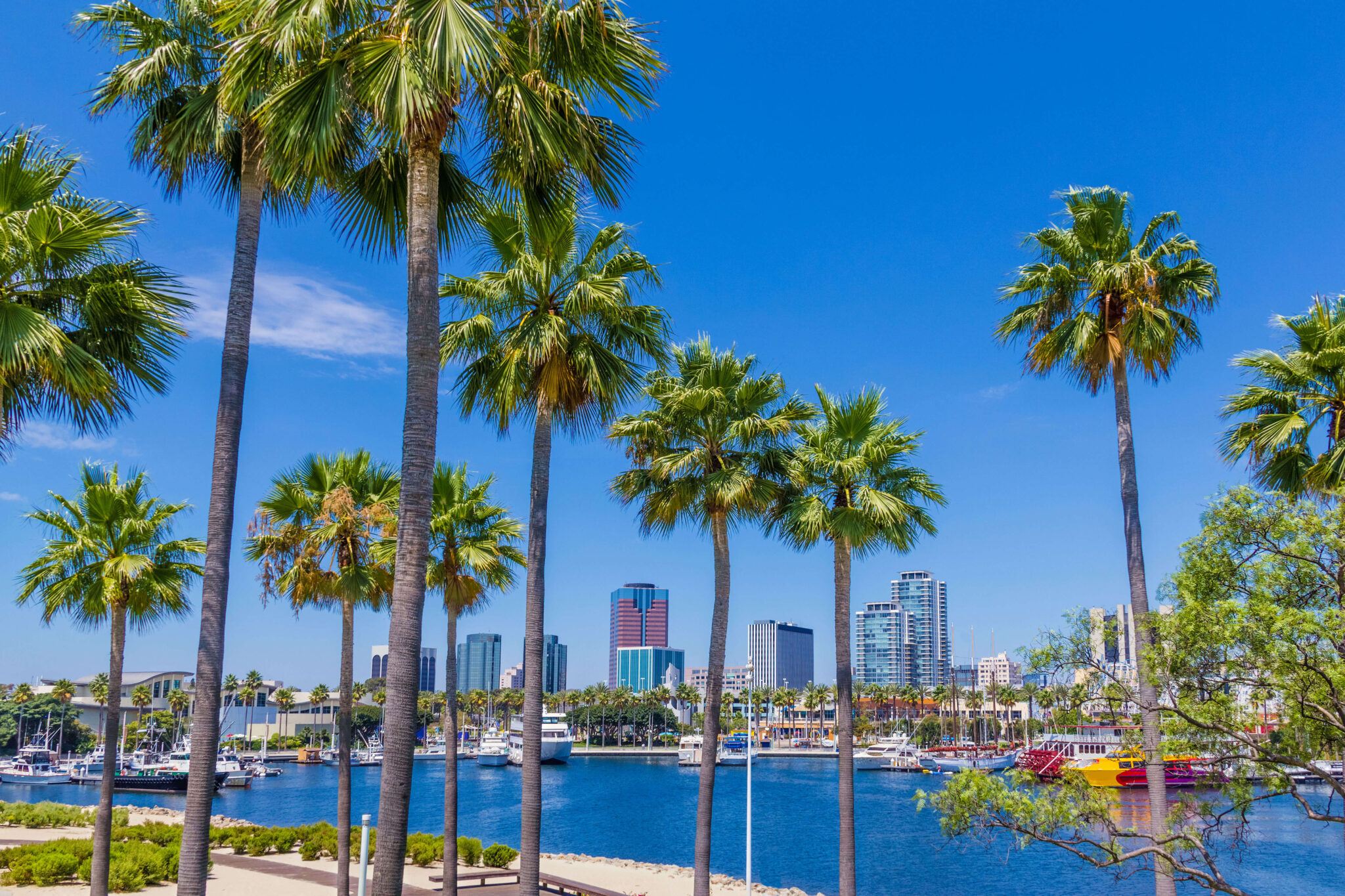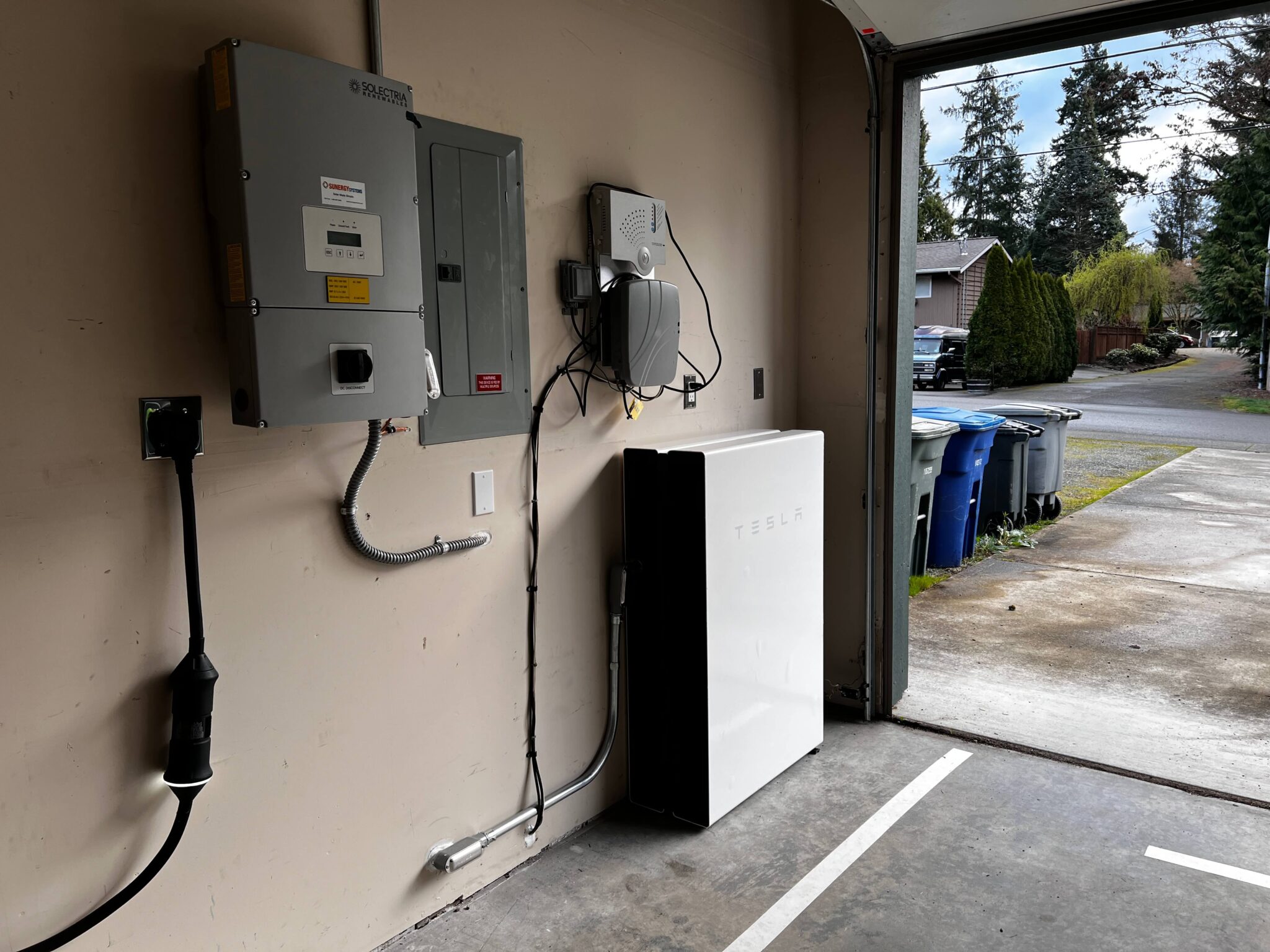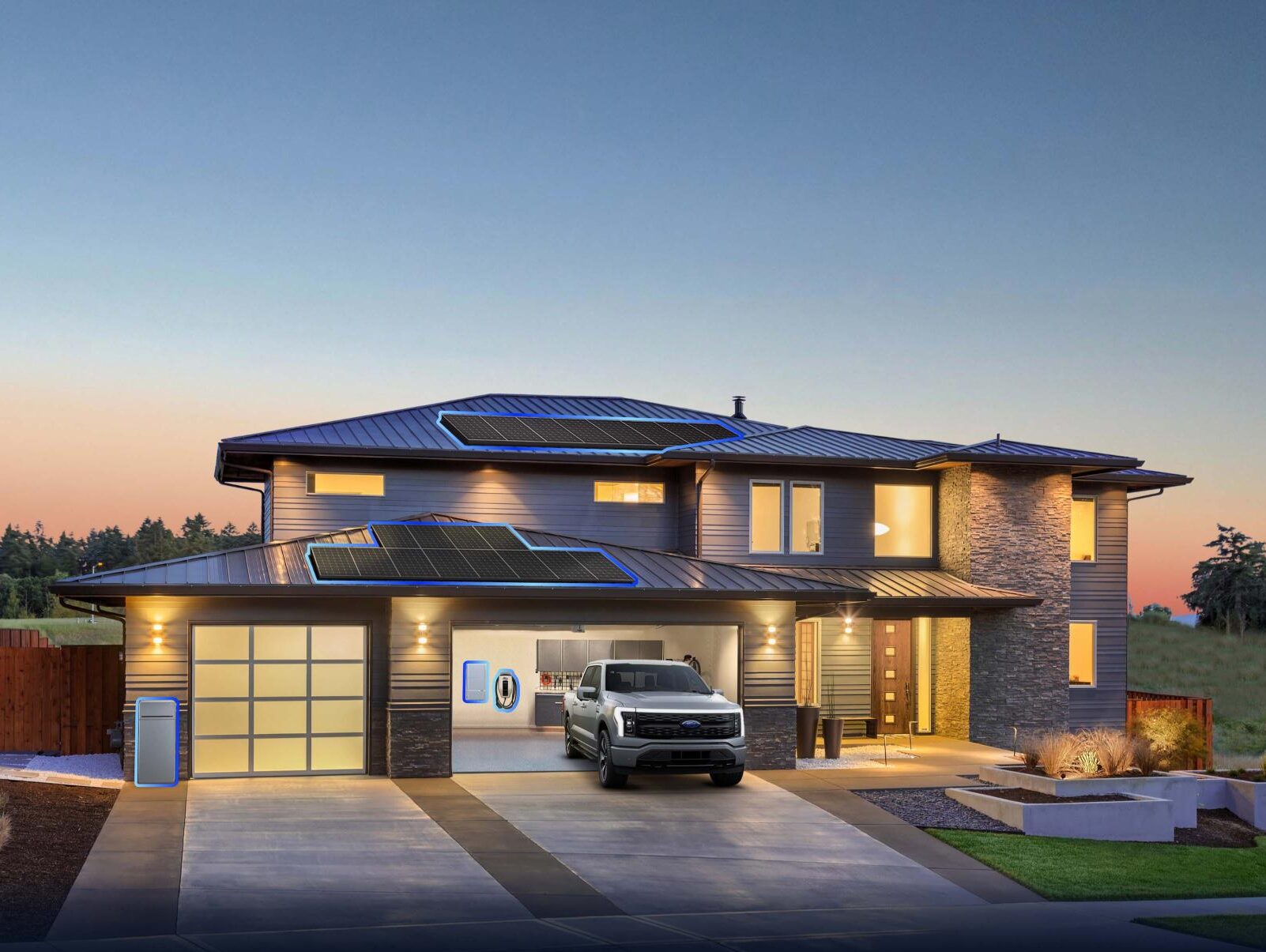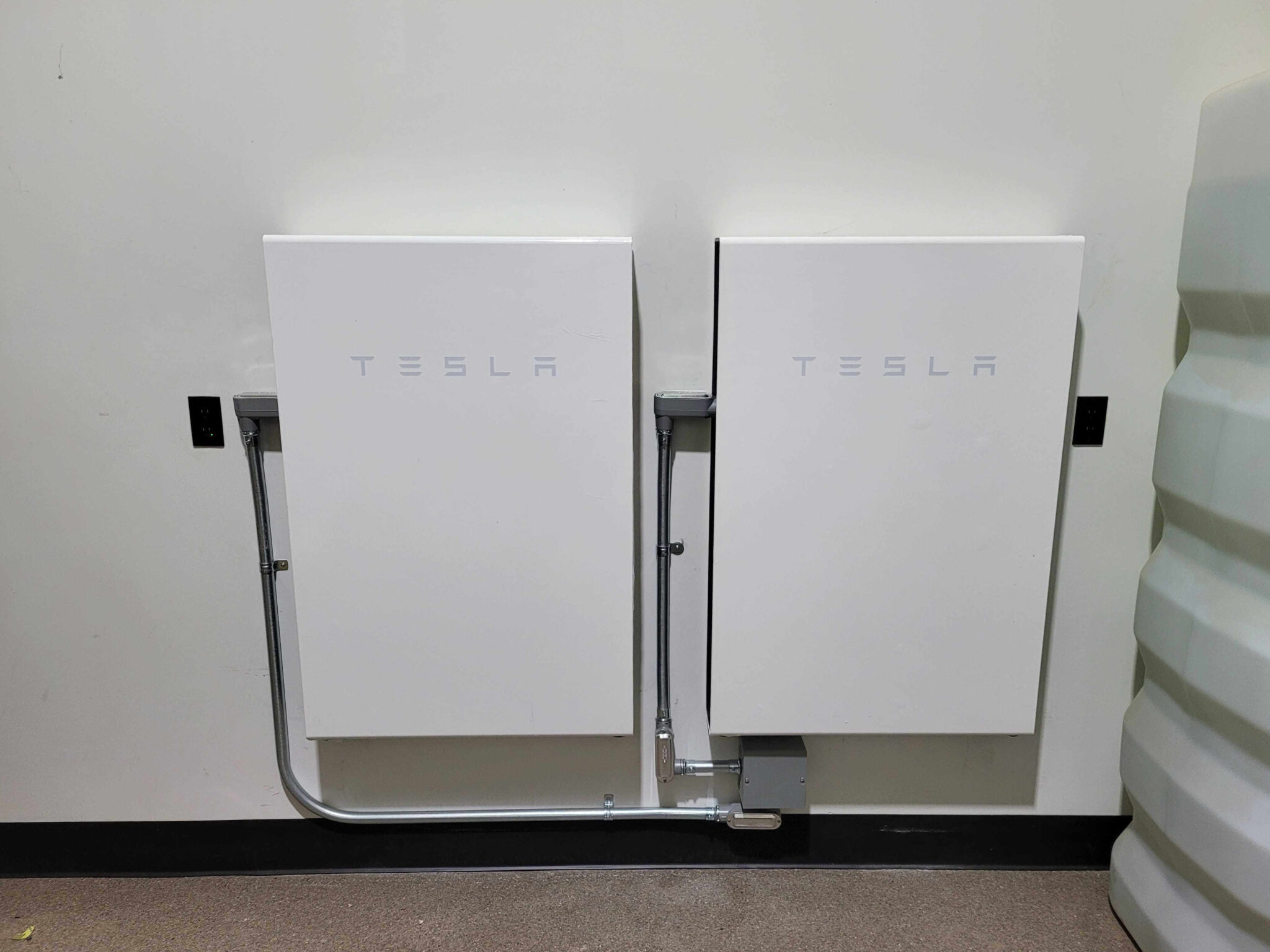The intermittency issue
The intermittent nature of solar and wind-generated electricity means fossil fuel plants are needed to keep the lights on at night or when the wind is not blowing. Typically coal constitutes the base load of energy generated by utilities; they are cheap to run and takes a long time to get started, so to transition away from these dirty and inefficient electricity sources, we’ll need storage technology to extend the use of renewably sourced electricity to all times of the day.
Flexible power
Flexible power is energy that can be switched on quickly and provide reliable electricity, which is problematic for intermittent energy sources like wind and solar. Energy storage technologies can capture the excess energy generated during the day or windy periods for use later when demand increases or electricity is needed when intermittent energy sources are not generating electricity.


Utilities and Carbon-Free grid
Fortunately, utilities such as California’s Pacific Gas & Electric (PGE) are identifying opportunities to switch to non-emitting sources of flexible power. California utility regulators approved a proposal for PGE to build two of the world’s largest battery systems: 1,200-megawatt-hour and 730-megawatt-hour systems. These two projects will serve as proof of concept that the clean energy industry will be monitoring closely.
Long-Duration Energy Storage
Addressing climate change means using clean energy as our sole source of electricity. Long-duration energy storage technologies will help us achieve 24/7 Carbon-free energy (CFE). We’ll charge batteries with clean energy and discharge them when demand dictates, like when it’s night and supply needs to meet the demand. In this scenario, there is no fossil-fuel electricity, which means folks powering their TVs and charging their EVs and electronics can do so knowing the energy comes from clean and cheap energy!
Learn more about how LDES technology works and how the Department of Energy funds them to achieve a big goal by the end of this decade.
Homeowner's storage opportunities
While the utilities integrate storage technologies, homeowners can utilize battery storage to ensure the lights stay on during grid outages. Adding resiliency to homes means having access to energy at all times. Generating your electricity is excellent for reducing financial burdens from purchasing electricity; storing it means you can have electricity at will.

Off-grid vs. Grid-tied
At-will energy is vital for energy independence; off-grid systems need batteries to be self-sustaining. Grid-tied systems have batteries as a backup for when the grid fails. Washingtonians can use battery backup to ensure they have energy in the winter when windstorms routinely knock out grid power. Combining with solar will extend your backup capacity time. Combining SPAN and batteries will increase battery storage time by 40% and eliminate the need to choose critical loads for a critical loads panel since you can manage loads via your mobile app and have real-time backup time data to consider.

EVs and Home Integration Systems
Soon, as seen with Ford Lightings’ electric truck, our EVs will be able to back up our homes and businesses! Using Home Integration Systems (HIS), you can connect your EV to your home’s electrical system and use the battery to keep the lights on! As more EVs hit the streets, so will our ability to stabilize and power the grid with these mobile battery stations.
Electrification and Storage
Electrification of our transportation and home means we only need electricity to run our daily tasks and mobility needs. Since we can generate electricity sustainably and from cheap sources like solar and wind, batteries are a peace-of-mind solution for all-electric buildings and enable an around-the-clock clean energy supply!

Next in the Electrify Washington series
After covering electricity usage, generation, and storage, we must understand what incentives are available for us to use in our electrification transformation! We’ll review the Inflation Reduction Act of 2022 and Washington State incentives and goals that will align and promote companies and residents to electrify together.


